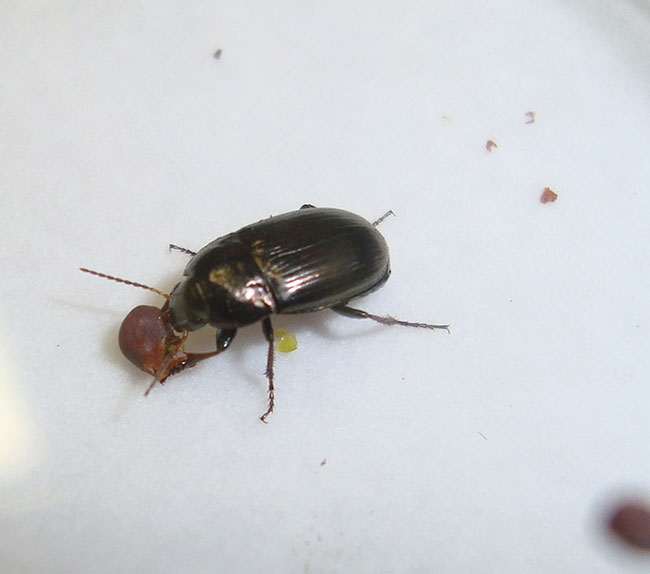Achieving a truly healthy lawn doesn’t happen overnight. But if you really want to do it, you have to ask yourself some questions. What are your expectations? How much do you want to spend? What do you believe? Do you want a long-term or a short-term solution?
For over fifty years, fertilizer and spray programs have been used for the desirable results they appear to achieve to create the so-called perfect lawn. But, what many people don’t know is that these chemical-based solutions have a dark side. The science, data, and evidence, in addition to first hand personal experiences, are all showing causal connections between fertilizer and spray usage and the rise of cancer and other illnesses. Additionally, it is also damaging our environment by declining the quality of our soil, air and water.
The chemical-based lawn and landscape Industry along with the manufacturers of these chemical sprays and fertilizers don’t want you to know of this since it would affect their bottom line. They continue to propagate the notion that these products are good for the environment and beauty, yet if they were so healthy wouldn’t the planet and all life on it be healthier?
Over the past several decades, tens of millions of acres of sterile lawns have helped achieve a 45% decline of beneficial insects leaving nature unbalanced and unchecked for damaging pests to do what they do best. This is why a Stangl’s lawn is simply healthier.
Stangls Enviro Lawn Care takes your sterile lawn, (flower beds, garden, sport field, commercial property or farm) off the dependency of sprays and fertilizers by building soil teeming with life and bugs creating the diversity required the way Nature intended. It wasn’t that long ago that soil health was correlated to healthy plants to animal to people and to planet (Sir Albert Howard 1873 – 1947). But the advent of industrial science for profit has pushed soil and plant health aside for bottom line profits.
Our Safe Lawn Process is a step to a healthier planet. Building the essential biodiversity of soil life and insects such as ground beetles which eat weed and crabgrass seeds.
